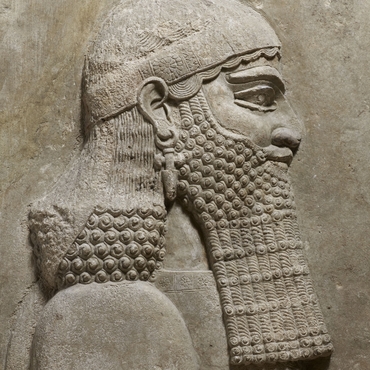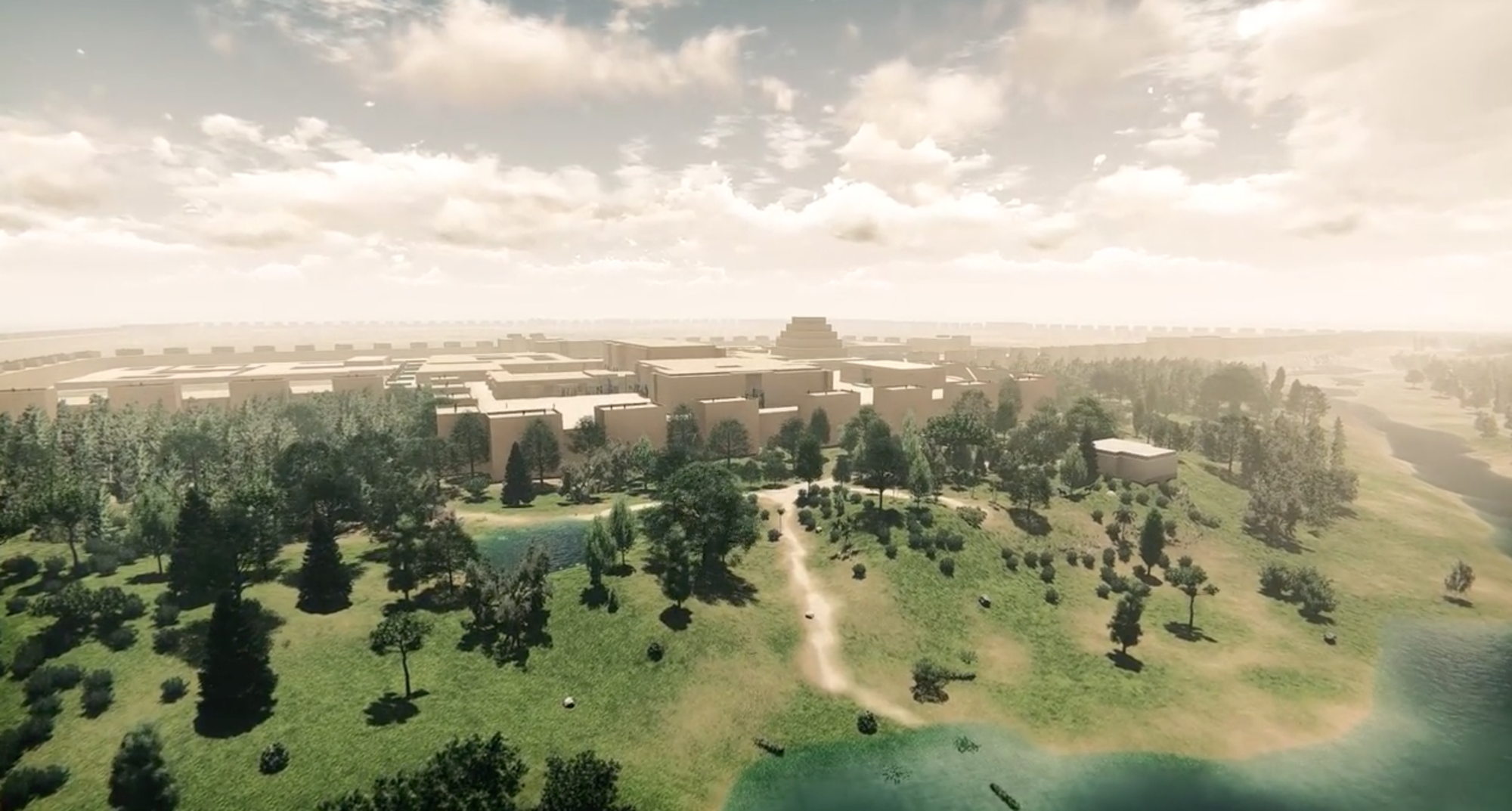
- Home
- Explore the site
- Construction
- An unfinished city
Partial occupation
While archaeologists in Khorsabad have uncovered the palace, temples and residences as well as parts of the city walls, the lower city seems to have remained almost empty: not all of it has been excavated, but the Oriental Institute did search for private houses - a type of building generally neglected by archaeologists, unlike temples and palaces. They abandoned the excavation when they found debris of only limited interest.
Unfinished works
Research by the Oriental Institute nevertheless confirmed that much of the city was never inhabited or even completed. Unfinished portals and pavements, and evidence of hasty and poorly supervised work, such as boxes that should have contained foundation deposits but which were sealed and buried empty, suggest the works were interrupted on Sargon's death.
An abandoned city?
Sargon died on campaign in 705 BCE . Since his body was never found he was not given a proper burial. His son Sennacherib preferred to leave Khorsabad and transfer the Assyrian capital to Nineveh. He took materials with him and probably some decorations. It was long believed that Khorsabad was completely abandoned, but the Assyrian archives of the 7th century BCE attest to the presence of a governor in the city, which continued to be partially occupied.
